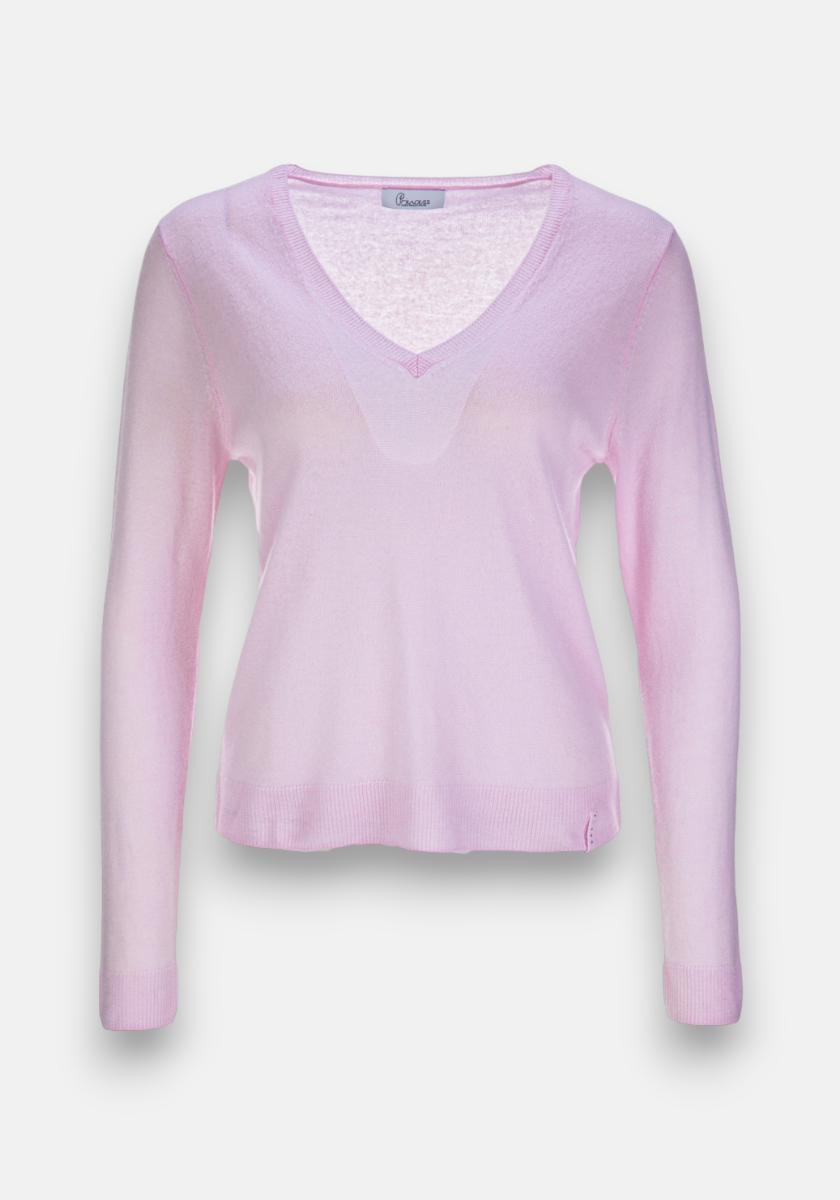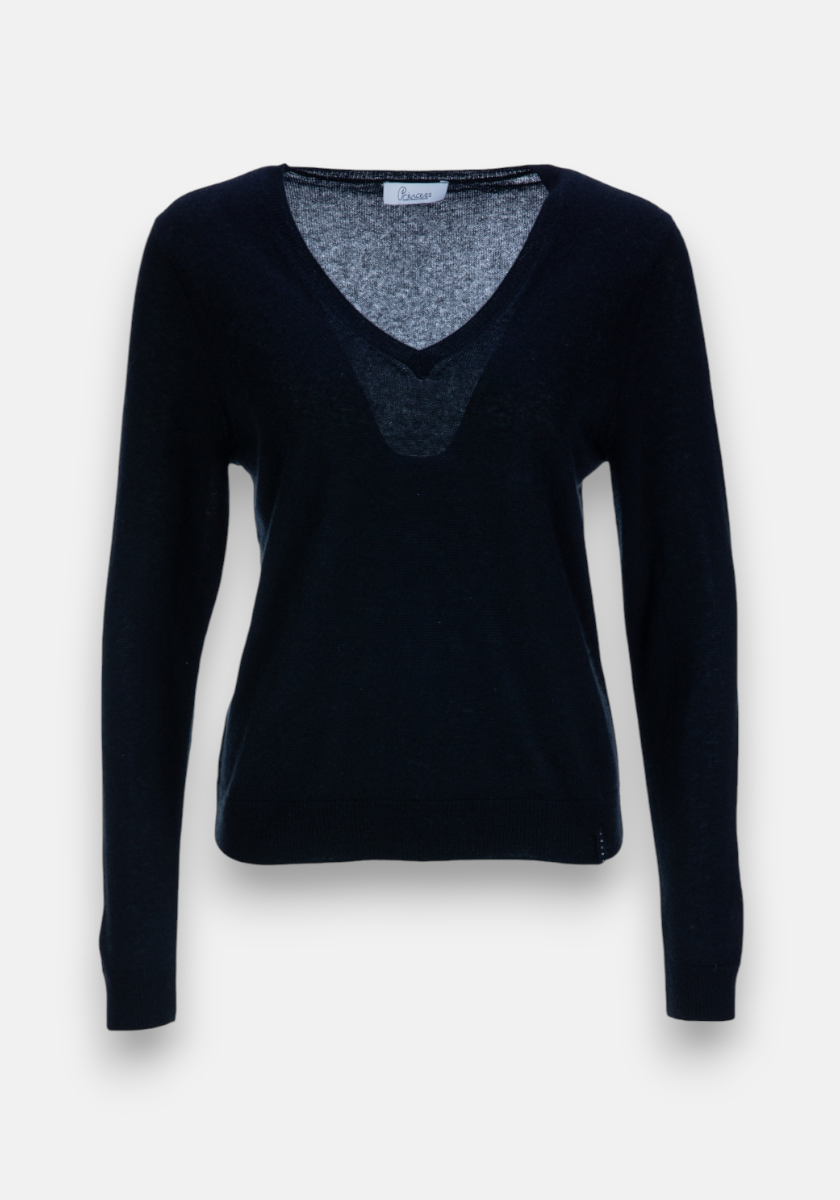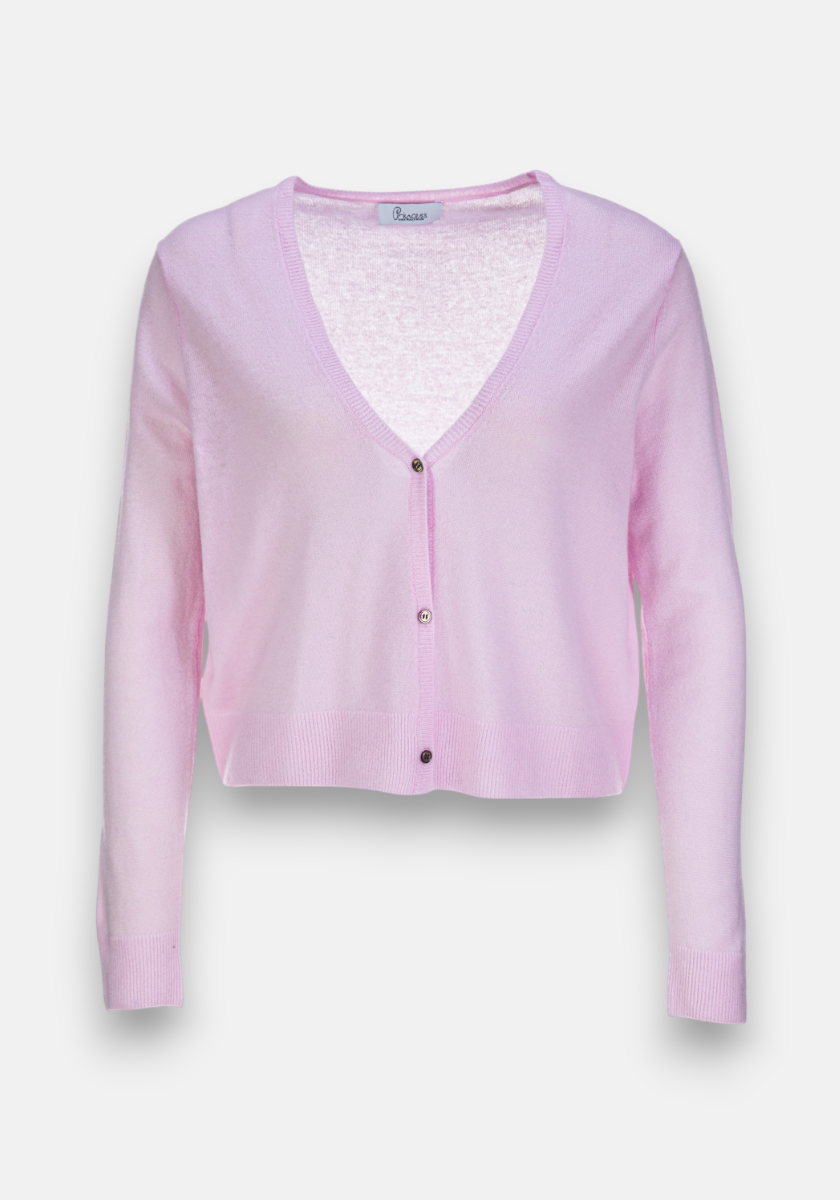What is silk made of?
silk is a natural protein fiber usually obtained from the cocoons of silkworms. A large part of the silk is produced with the help of the silk moth Bombyx mori - a caterpillar that feeds almost exclusively on mulberry leaves. And this is how it works:
1. Once the silkworm is fully grown, it produces a fine fiber that is coiled into a tight cocoon. The fiber consists of two main proteins:
• Fibroin - forms the core of the filament
• Sericin - a rubbery substance that holds everything together
2. For the production of silk yarn The individual filaments are slowly and carefully unwound from the cocoon and wound together into a long, continuous strand. Undyed and untreated silk is a 100% natural textile. However, depending on needs and application, this can be additionally treated or colored.
Angel blouse with V-neck
Angel blouse with V-neck
1 color available
Hose Angel
Hose Angel
1 color available
Where does silk come from?
silk was originally developed in ancient China before spreading around the world. According to legend, silk was originally produced in 2700-2640 BC. Discovered by the Empress Lei-tzu in ancient China in the 1st century BC and was a closely guarded state secret for thousands of years. However, when trade routes opened up, silk arrived via the so-called Silk Road to the international markets. Over time, other countries also mastered the art of silk production. For example, in Thailand, silk production has become an important part of the national heritage, particularly for farmers, weavers and artisans.
Why is silk suitable for allergy sufferers?
For people with sensitive skin or allergies silk the perfect fiber because it is naturally hypoallergenic and cannot cause irritation. Furthermore is silk antimicrobial, meaning it inhibits the growth of microorganisms such as mold, fungi and bacteria. The reason for this is the unique properties of their proteins, especially sericin.
This makes silk a popular textile for bed linen, pajamas and fashion basics such as silk T-shirts , Silk tops or silk blouses .
Why is silk considered the strongest natural fiber in the world?
Did you know? silk has been used throughout history as lightweight "soft armor" and was even used to make the world's first-ever bulletproof vest. The proteins in silk give the fiber unparalleled strength, making it even finer and stronger than Kevlar. So if you're looking for a new favorite piece of clothing that will last forever, our timeless silk styles are just the right choice for you!
Why can silk regulate heat?
The silkworm's cocoons originally have heat-insulating properties that are intended to protect them from significant temperature fluctuations outside the cocoon. Some of these properties are on Silk textiles transmitted. That means that silk can feel cool in summer and warm in winter, making it a perfect temperature regulating fabric for all year round!
How do I wash my silk clothes?
Caring for silk styles is not as complicated as many people assume! For example, you can simply turn your silk blouse inside out and wash it by hand briefly using lukewarm water or use the hand wash program on your washing machine. Remember to use a special silk care detergent that is tailored to the properties of the fiber. This keeps the colors brightly fresh and the silk soft and supple.























